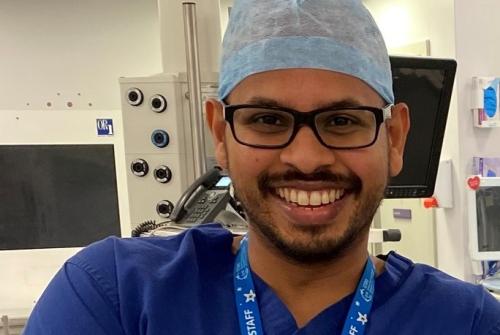Selective Dorsal Rhizotomy
Overview
Selective dorsal rhizotomy (SDR) is an operation used to improve spasticity (muscle stiffness) in cerebral palsy. SDR involves the division of some of the sensory nerves at the lower end of the spinal cord. This leads to an effective and permanent reduction in lower limb spasticity.
This procedure is considered in children with spastic diplegia, a form of cerebral palsy where spasticity or tightness in their lower limbs affects their ability to walk. For most of these children, the principal disability relates to lower limb spasticity – their motor development is delayed and many are unable to walk independently. If poorly controlled early in life, spasticity causes progressive lower limb deformities with further reduction in mobility in teenage years.
There is now enough evidence to demonstrate that SDR is associated with substantial long-term benefits. These are not only related to reduction in spasticity, but also relate to improved movement and walking as well as improved quality of life for both the children and their families.
A minimally invasive SDR technique, involving a single level opening in the spine, was developed at the Center for Cerebral Palsy in St Louis in 1991. Mr Aquilina was the first to carry out this technique in the UK at the paediatric neurosurgical unit in Bristol in May 2011. It is now being performed at Great Ormond Street Hospital by Mr Aquilina and colleagues.
Conditions we treat
- Spastic diplegia, a form of cerebral palsy
Refer your child for treatment
Use the form below to refer your child for treatment. A member of our team will be in touch within 2 working days.
Mandatory fields




